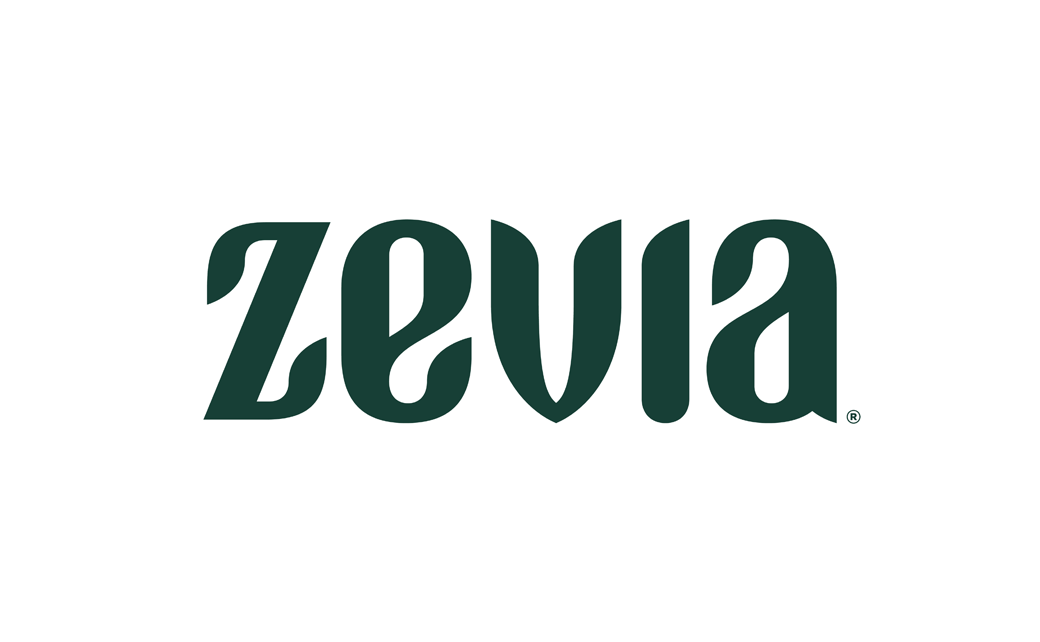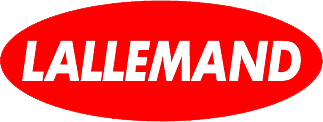The Evolution of Work: Insights for CPG Leaders
Leading CPG Success: Adapting Leadership Strategies for Today’s Evolving Workforce and Market Innovation.
Today’s business environment is changing, almost daily. Leaders in the Consumer Packaged Goods (CPG) Industry face a
Navigating the Evolution of Workplace Dynamics in CPG

The Consumer Packaged Goods (CPG) industry stands at the forefront of href rapid global market changes driven by technological innovations, evolving consumer behaviors, and a transforming workforce. These elements collectively demand a reevaluation of traditional business practices, pushing CPG leaders to embrace a more dynamic leadership approach to stay competitive.
Technological advancements have revolutionized production and distribution processes, making operational efficiency and product innovation essential competitive factors. CPG leaders are now tasked with integrating cutting-edge technologies such as AI and IoT to streamline operations and enhance product offerings without disrupting the core functions of their businesses.
Simultaneously, consumer behaviors have shifted dramatically. Modern consumers expect personalized experiences and sustainability, pressing CPG companies to remain flexible. Leaders in this sector must develop strategies that allow for rapid pivoting and scaling of new ideas to respond to market demands effectively.
Furthermore, the global workforce is also transforming. The rise of remote work, the demand for work-life balance, and the pursuit of meaningful work are shaping how businesses must approach employee management. For CPG leaders, understanding these shifts is crucial for adapting business models and leadership styles to attract and retain top talent.
Adapting Leadership to Evolving Employee Expectations
Today’s employees look beyond financial compensation; they value roles offering personal and professional development, a positive work environment, and a sense of purpose aligned with their values. CPG leaders must recognize and adapt to these expectations by modifying their management styles and corporate cultures.
Creating a supportive work environment that promotes well-being and recognizes individual contributions can help motivate employees and foster loyalty. Additionally, embracing flexible working conditions and promoting diversity and inclusion are now prerequisites for attracting a skilled and diverse workforce.
Leadership in the CPG industry must also focus on transparent communication and authentic leadership, allowing employees to feel connected and valued within the organization. This approach not only enhances employee engagement but also builds a strong foundation for collective success.
Building and Sustaining a Diverse CPG Workforce

Managing a diverse workforce effectively is paramount in the CPG industry, known for its dynamic market and varied consumer base. Leaders must cultivate a culture where collaboration thrives and diverse perspectives are actively sought and valued.
Cultivating Innovation and Professional Development
Innovation is vital for maintaining a competitive edge in the CPG industry. Leaders must foster an environment where new ideas are encouraged and where taking calculated risks is seen as part of the path to discovery and improvement.
Creating a risk-tolerant environment involves supporting experiments and learning from failures without punitive repercussions. Such a culture encourages creativity and continuous improvement, essential for innovation. Moreover, leveraging cross-functional teams can bring together diverse perspectives, leading to more creative and effective solutions to complex challenges.
Investing in professional development is another strategic focus for CPG leaders. Providing training and learning opportunities related to the latest industry trends and technologies not only enhances team capabilities but also shows a commitment to employee growth and satisfaction. This investment helps in retaining talent and preparing the organization for future challenges.
Conclusion: Thriving Through Strategic Adaptation
As the CPG industry continues to navigate a rapidly changing business landscape, effective leadership is more critical than ever. Leaders must be proactive in understanding technological advancements, consumer behavior shifts, and employee expectations to adapt their strategies accordingly.
By fostering a diverse and inclusive team culture, encouraging open communication, and continuously investing in innovation and professional development, CPG leaders can create a responsive, agile, and innovative workplace. This approach will not only help them meet current market challenges but also position them well for future success.
With strategic adaptation, CPG leaders can ensure their organizations thrive amidst the complexities of today’s global market, thereby securing a sustainable competitive advantage.

















